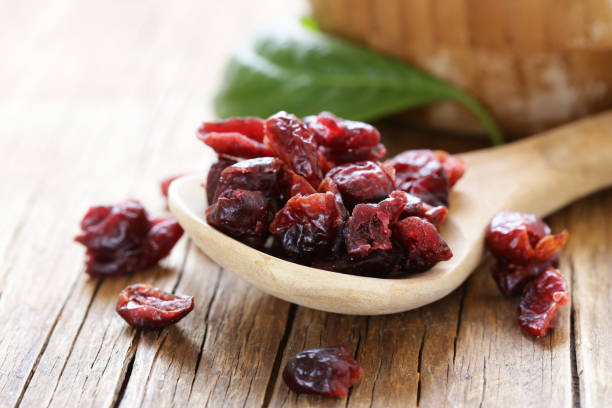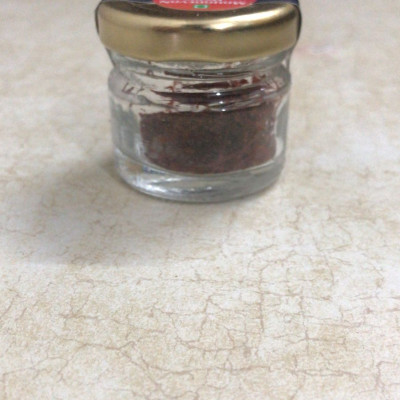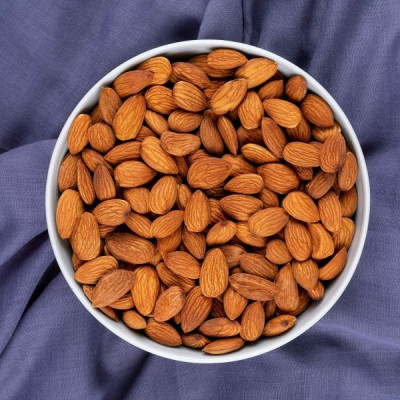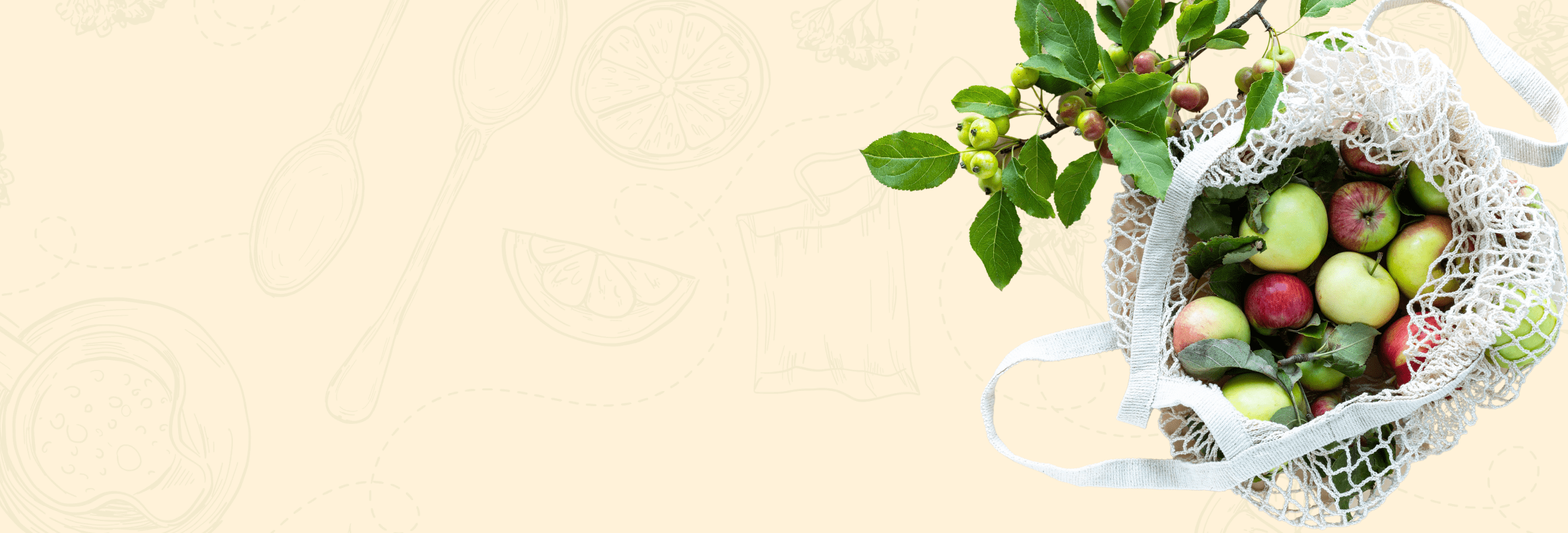DRY FRUITS
Dried Cranberry Delight: A Sweet and Nutritious Treat

About Dried cranberries
Are you looking for a tasty and healthy snack that you can enjoy any time of day? Look no further than dried cranberries! These sweet and tart little fruits are bursting with flavor and packed with nutrients, making them the perfect addition to your diet. In this article, we'll explore the world of dried cranberries and show you how to create your very own Dried Cranberry Delight.
How Dried cranberries are produced
Dried cranberries are produced through a process of washing, drying, and sweetening fresh cranberries. Here is a detailed description of how dried cranberries are produced:
- Harvesting: Cranberries are harvested in the fall, typically from September through November. The berries are picked by hand or by machine, depending on the size of the operation.
- Sorting and cleaning: Once the cranberries are harvested, they are sorted to remove any damaged or bruised berries. The berries are then cleaned to remove any dirt or debris.
- Drying: After the berries are sorted and cleaned, they are dried. There are two main methods for drying cranberries: oven-drying and air-drying. Oven-drying is faster but can result in a tougher texture, while air-drying takes longer but produces a softer texture.
- Sweetening: After the berries are dried, they are sweetened with a sugar solution to counteract their naturally tart flavor. The sweetened berries are then dried again to remove any excess moisture.
- Packaging: Once the dried cranberries are ready, they are packaged in airtight bags or containers to keep them fresh. They can then be shipped and sold for consumption.
* Note: It's important to note that not all dried cranberries are produced in the same way. Some brands may use additional preservatives or additives to enhance the flavor or texture of the dried cranberries. When purchasing dried cranberries, it's important to read the ingredient list to ensure that you are getting a product that meets your dietary needs and preferences.
The season for harvesting dried cranberries
Dried cranberries are produced from fresh cranberries that are harvested in the fall. The exact season for cranberry harvesting can vary depending on the region and climate, but it typically falls between September and November in the northern hemisphere.
During this time, cranberry plants produce ripe, red berries that are ready for harvest. The berries are typically picked by hand or by machine, and then processed to make a variety of cranberry products, including dried cranberries.
Once the fresh cranberries are harvested, they are sorted, cleaned, and dried. Some manufacturers may also add a sweetener to the dried cranberries to counteract their naturally tart flavor. The sweetened cranberries are then dried again to remove any excess moisture before packaging.
It's worth noting that the availability of dried cranberries can vary throughout the year, as they are typically produced and packaged in the fall and early winter months. However, they are often sold year-round in stores and online, making them a convenient ingredient for a variety of recipes and uses.
What are Dried Cranberries?
Dried cranberries are simply fresh cranberries that have been dehydrated. This process removes the water content from the fruit, resulting in a small, shriveled berry that is perfect for snacking. Dried cranberries are often sweetened with sugar or other natural sweeteners to balance out their tart flavor.
At our company, we are passionate about creating healthy and delicious snacks that satisfy our customers' taste buds and nutritional needs. One of our most popular snacks is Dried Cranberry Delight, a flavorful and nutritious treat that is perfect for any time of day. Our Dried Cranberry Delight is made from 100% natural and organic cranberries that are carefully dried to preserve their flavor and nutrients. We do not add any preservatives or artificial flavors to our product, so you can enjoy the pure taste of cranberries without any guilt. In this article, we will take a closer look at what makes our Dried Cranberry Delight so special and how it can benefit your health.
The Health Benefits of Dried Cranberries:
Not only are dried cranberries delicious, but they are also incredibly healthy. Here are just a few of the many health benefits of these little superfruits:
- Rich in antioxidants: Dried cranberries are packed with antioxidants, which can help to protect your cells from damage caused by free radicals.
- May reduce the risk of UTIs: Cranberries have long been known for their ability to prevent and treat urinary tract infections (UTIs).
- Good for your heart: The flavonoids in cranberries can help to lower your risk of heart disease by reducing inflammation and improving blood flow.
- High in fiber: Dried cranberries are a good source of fiber, which can help to promote healthy digestion and prevent constipation.
- It can help prevent bacteria from sticking to your teeth and causing dental plaque.
Ways to Enjoy Dried Cranberry Delight
Dried Cranberry Delight can be enjoyed in a variety of ways, making it a versatile snack that can satisfy different cravings. Here are some ideas to get you started:
- As a standalone snack: Dried Cranberry Delight is perfect for when you need a quick energy boost or a sweet treat. You can eat them as they are, straight out of the bag, or mix them with other nuts and dried fruits for a homemade trail mix.
- In baked goods: Dried cranberries can add a pop of color and flavor to your favorite baked goods, such as muffins, bread, and cookies. You can also sprinkle them on top of oatmeal or yogurt for a crunchy texture.
- In savory dishes: Dried cranberries can also be used in savory dishes, such as salads, grain bowls, and roasted vegetables. Their tart and sweet flavor can balance out salty and spicy ingredients, creating a well-rounded dish.
- Trail mix: Dried cranberries are a great addition to trail mix. They add a pop of color and a burst of flavor that pairs well with nuts, seeds, and other dried fruits.
- Salads: Dried cranberries can add a sweet and tangy flavor to salads. They pair well with greens like spinach and arugula, as well as other fruits like apples and pears.
- Granola bars: Dried cranberries can be added to homemade granola bars to add sweetness and texture. They also pair well with nuts and seeds.
- Meat dishes: Dried cranberries can be used in savory dishes like stews and meatballs. They add a sweetness that pairs well with the savory flavors of the dish.
- Yogurt: Dried cranberries can be added to yogurt to add sweetness and texture. They also pair well with other fruits and granola.
- Stuffing: Dried cranberries can be added to stuffing for a sweet and savory flavor. They pair well with herbs like sage and thyme.
- Smoothies: Dried cranberries can be added to smoothies for a burst of sweetness and a pop of color. They pair well with other fruits like bananas and strawberries.
Overall, dried cranberries can be used in a variety of sweet and savory dishes to add sweetness, texture, and flavor. They are versatile ingredients that can be used in everything from baked goods to salads to meat dishes.
Country do high export of dried cranberries
The United States is the largest producer and exporter of dried cranberries in the world. The country exports significant quantities of dried cranberries to countries across the globe, including Canada, the United Kingdom, China, Japan, and many others.
In recent years, the demand for dried cranberries has been on the rise, as more and more consumers seek out healthy and convenient snack options. This has led to increased production and export of dried cranberries from the United States.
Canada is also a significant exporter of dried cranberries, with much of the country's exports going to the United States. Other countries that export dried cranberries include Chile, the Netherlands, and Germany, although their export levels are much lower than those of the United States and Canada.
In terms of global market share, the United States dominates the dried cranberry market, accounting for the vast majority of exports. This is due in part to the country's significant cranberry production and processing industry, as well as its strong export infrastructure and global market connections.
In summary, the United States is the largest exporter of dried cranberries in the world, with significant quantities of the product being exported to a variety of countries around the globe.
Import of dried cranberries in India
India is a growing market for dried cranberries, and the country imports significant quantities of the product from countries around the globe. According to trade data, India imported around 1,180 metric tons of dried cranberries in 2020, with the majority of the imports coming from the United States and Canada.
While the demand for dried cranberries in India is increasing, the country's import levels are still relatively low compared to other countries. This is in part due to the fact that cranberries are not native to India, and the production of dried cranberries in the country is limited.
However, the availability of dried cranberries in India has increased in recent years, with the product being sold in specialty food stores, online retailers, and some supermarkets. Dried cranberries are often used in a variety of Indian recipes, such as chutneys, biryanis, and salads, and are also consumed as a healthy snack option.
In terms of import regulations, dried cranberries are subject to standard food safety and labeling requirements in India. Importers are required to ensure that their products meet the relevant standards and regulations, and may need to obtain certain licenses and certifications in order to import dried cranberries into the country.
In summary, India is a growing market for dried cranberries, with significant quantities of the product being imported from countries around the globe. While the import levels are still relatively low compared to other countries, the demand for dried cranberries in India is increasing, and the product is widely available in specialty food stores and online retailers.






 FRUITS
FRUITS 





